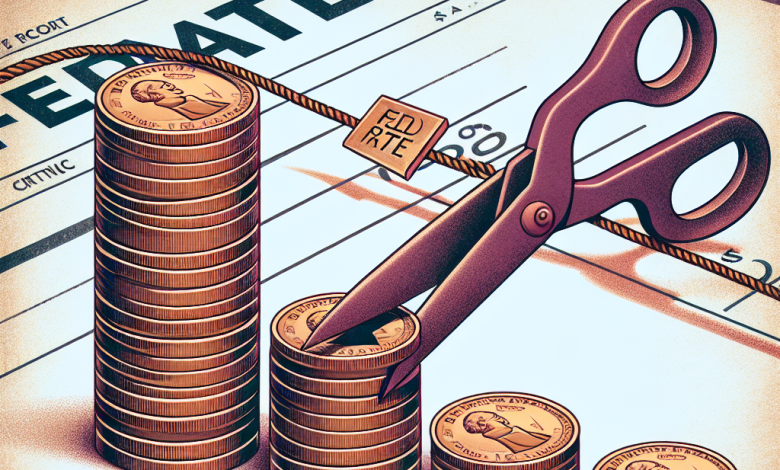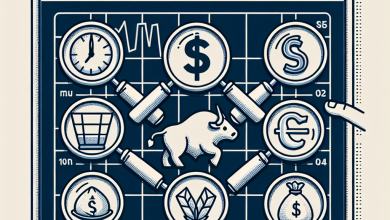
Upcoming inflation data is not expected to hinder Fed rate cuts, UBS reports
The upcoming release of the consumer price index (CPI) data for September is anticipated to reveal a continuation of moderating price pressures as the third quarter concludes. This data follows a strong jobs report released last Friday, which is likely to influence expectations regarding the Federal Reserve’s interest rate cuts in the near future.
Additionally, producer price data set to be released on Friday is expected to indicate a similar trend of easing inflation. Analysts at UBS have expressed in a note to clients that they do not foresee the inflation figures hindering any further reductions in borrowing costs by the Federal Reserve this year, especially following a significant 50-basis point cut introduced by the central bank last month.
The UBS analysts project that with inflation decreasing, the Fed may implement 50 basis points of easing over the last two meetings in 2024, followed by an additional 100 basis points in 2025. However, they cautioned that the pace of these reductions could be affected if the recent decline in inflation stalls or if the labor market remains robust, although such scenarios are not considered their primary outlook.
Expectations for a large rate cut have diminished following last week’s strong U.S. employment report. Current assessments indicate a 94.5% likelihood that the Fed will reduce rates by a more conventional quarter percentage point, while there is a 5.5% chance that policymakers will opt to maintain the current borrowing cost range of 4.75% to 5.00%.
According to a recent labor report, the U.S. economy added 254,000 jobs last month, an increase from a revised figure of 159,000 in August. Economists had predicted an addition of 147,000 jobs. The unemployment rate fell to 4.1%, contrary to forecasts that anticipated it would remain at August’s level of 4.2%.
On the wage front, average hourly wages saw a monthly increase of 0.4%, surpassing the predicted 0.3%, but falling slightly short of the adjusted August figure of 0.5%.
The Dow Jones Industrial Average reached a record closing high on Friday, while the Nasdaq Composite gained 1.2%, and the S&P 500 rose by 51 points or 0.9%. These increases allowed major indexes to achieve a fourth consecutive positive week, despite growing concerns over a worsening conflict in the Middle East.
UBS analysts maintained that their outlook is that the equity market rally remains well-supported.
 GOOGL
GOOGL  META
META 


